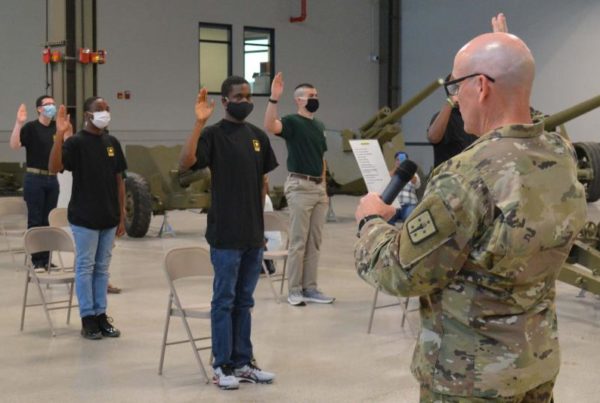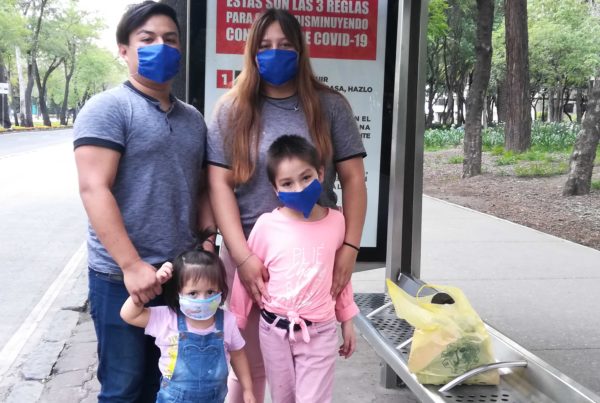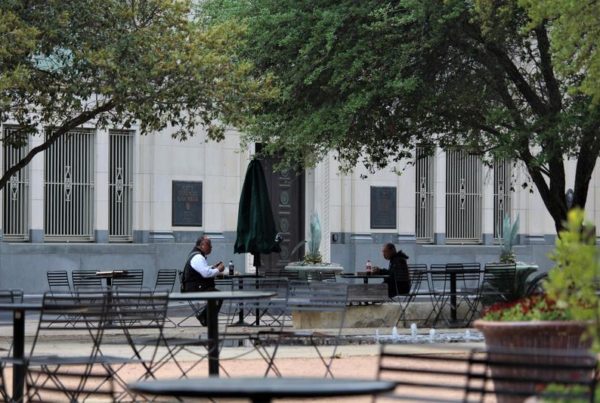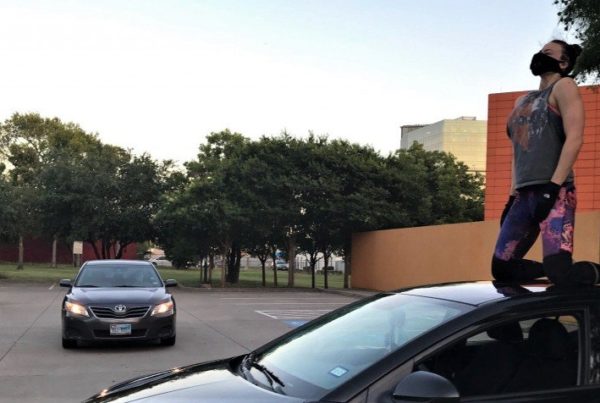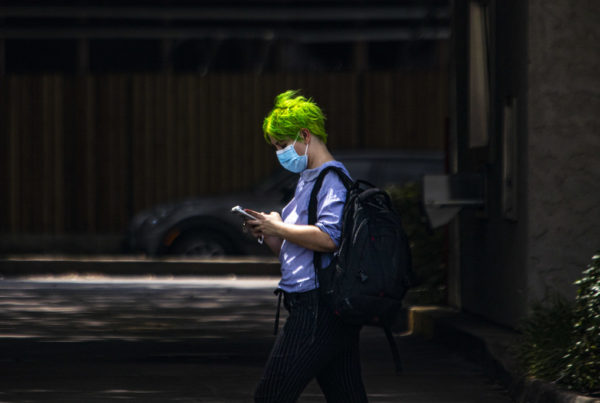The number of people hospitalized in Texas with COVID-19 symptoms has more than doubled in two weeks, to more than 8,000 people. And hospital officials in many parts of the state warn that they are running out of resources. In the Rio Grande Valley, health officials are sounding the alarm as 10 out of 12 hospitals are reported to be at capacity, and patients in places like Starr County are being sent to hospitals hundreds of miles away.
Among the latest to test positive for COVID-19 is Dr. Ivan Melendez, lead health official for Hidalgo County. He’s in self-quarantine right now, using telemedicine to see patients. Melendez told Texas Standard host David Brown on Tuesday that while he has symptoms of COVID-19, his health is improving. He believes he contracted the virus while doing clinical work with patients at five hospitals in the Rio Grande Valley.
Melendez said several nurses in the McAllen area who contracted COVID-19 have died, and other medical professionals have required critical care.
“I hate to report that we’re in the most dire situation I personally have seen in my professional, 36-year career,” Melendez said.
Before the state began reopening in early May, Melendez said hospitals in the Rio Grande Valley had relatively small numbers of coronavirus patients. Those numbers have increased dramatically since then.
He said the state has been responsive to the needs of medical professionals in the area. But more help is needed.
“In the last several weeks, they’ve responded by allowing us more resources,” Melendez said. “This week, we’re out of ventilators; we’re down to single-unit ventilators. Hospitals are extremely concerned.”
Melendez said area hospitals are 400 nurses short of what they need, and he said nurses are the No. 1 resource the area needs right now.
The area’s proximity to the U.S.-Mexico border, where infection rates are high, and there’s a culture in which multiple generations often live together in one home and can infect one another easily, contributes to the high number of COVID-19 cases, he said.
“Unfortunately, this past Fourth of July, in my opinion, has again demonstrated how the population at large, quite frankly, isn’t paying attention,” he said.
Melendez said he’s frustrated that people in the community continue to gather for parties, and often ignore advice to wear masks, observe social distancing and wash hands.
Web story by Shelly Brisbin.






